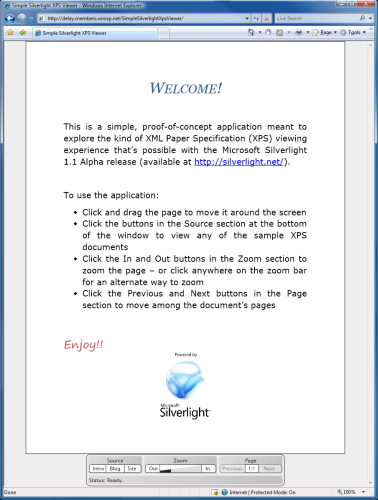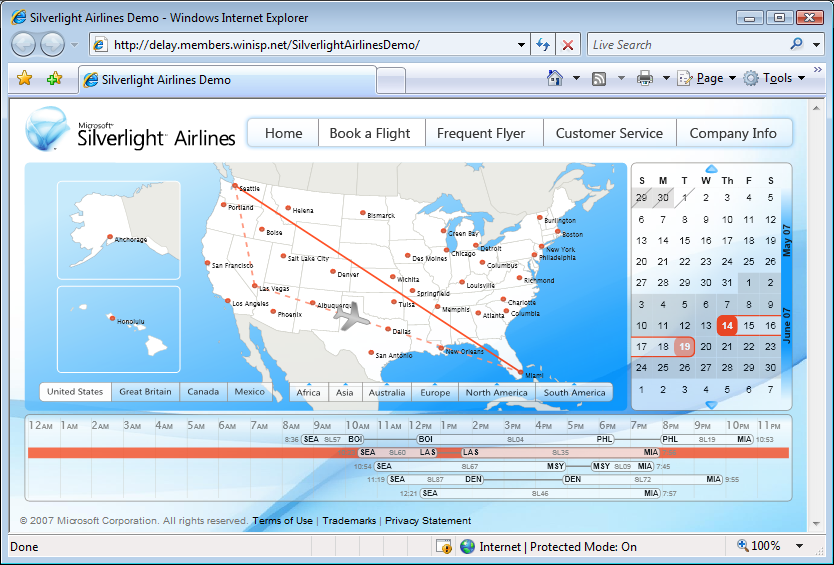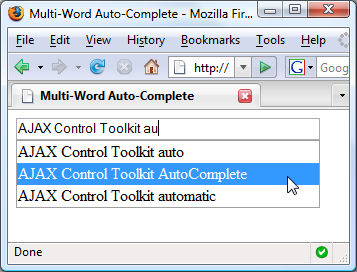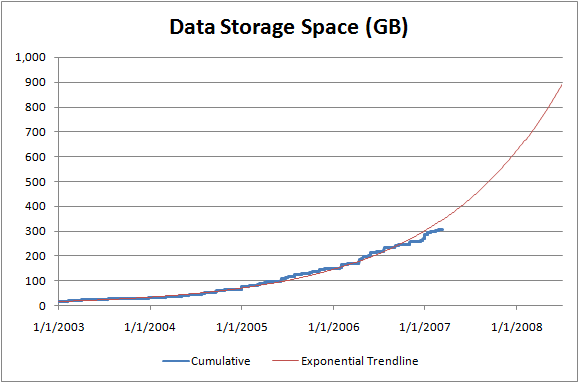Fixes and features by popular demand [AJAX Control Toolkit update!]
Earlier today we made available the 10606 release of the AJAX Control Toolkit. This release focused on addressing many of the most popular bugs and work items identified by the user community in the support forum and online issue tracker. We've also added some new functionality to the Toolkit that really improves the user experience for page authors and consumers alike!
The release notes from the sample web site detail the improvements:
General fixes:
- Design Mode support:
- Tabs designer: Tabs control can be configured in the designer.
- PageMethods in code-behind: Extenders that consume web services can now have PageMethods added to code-behind automatically when using the designer. A repair mode fixes existing PageMethods with incorrect signatures.
- Control icons: Toolkit controls have more meaningful icons that show up in the Visual Studio Toolbox when the Toolkit DLL is added to it.
- Dynamic context: Toolkit extenders that consume web services can now pass additional context beyond what is used by the default web service signature.
- Validators and Toolkit extenders: Extenders that target TextBoxes with ASP.NET validators attached to them no longer interfere with the validation process.
- Animation support: Toolkit controls that build on top of PopupBehavior now have generic animation support built in.
- Script combiner: When the ToolkitScriptManager is used, Toolkit scripts are downloaded in a single, common JavaScript file instead of multiple files. This allows for faster downloads and fewer roundtrips. The combined file is generated dynamically depending on the controls being used on the page. All Toolkit sample pages use this new functionality.
- Events support: Toolkit controls fire events for core actions. This is in part to make plugging in animation easier and also to allow users to hook into the various Toolkit controls' behaviors and perform custom actions.
- Bug fixes: This release includes fixes for over 120 issues tracked in the Toolkit Issue Tracker representing over 750 user votes.
- Accessibility fixes: Slider and AutoComplete have support for high contrast and some controls like AutoComplete, NumericUpDown, CascadingDropDown and DynamicPopulate which issue XmlHttpRequests update a hidden DOM element to automatically refresh the JAWS screen buffer to reflect new data.
Control updates:
- MaskedEdit extender works well with the Calendar extender and the ValidatorCallout extender when targeting the same TextBox.
- AutoComplete supports scrolling in the fly-out, multi-word, first word default selection and it has animation built into it.
- ModalPopup fix for most common scenarios involving absolute and relative positioning.
- NumericUpDown has new Minimum and Maximum properties to restrict the range of numbers allowed.
Visual Studio Codename "Orcas" support:
- The Toolkit DLL works with ASP.NET AJAX Orcas Beta 1 DLLs and there are no breaking changes.
For more details about the Tabs designer, web service design-time enhancements, and script combining (along with some pretty pictures!), check out Shawn Burke's release announcement.
As always, it's easy to sample any of the controls right now (no install required). You can also browse the project web site, download the latest Toolkit, and start creating your own controls and/or contributing to the project!
If you have any feedback, please share it with us on the support forum!
PS - The public sample site hasn't been deployed quite yet (real soon now!), but the new Toolkit bits are up on CodePlex, so feel free to get them and start using them!




